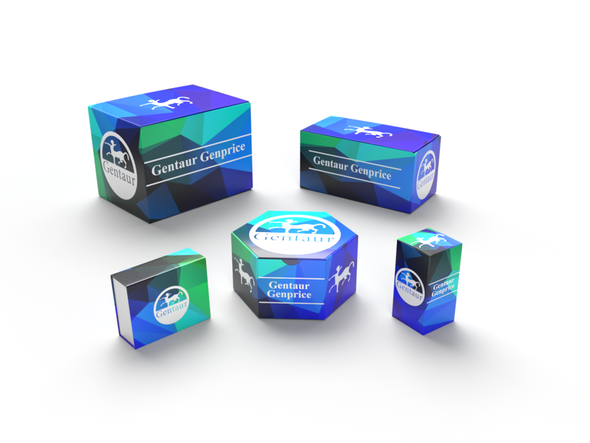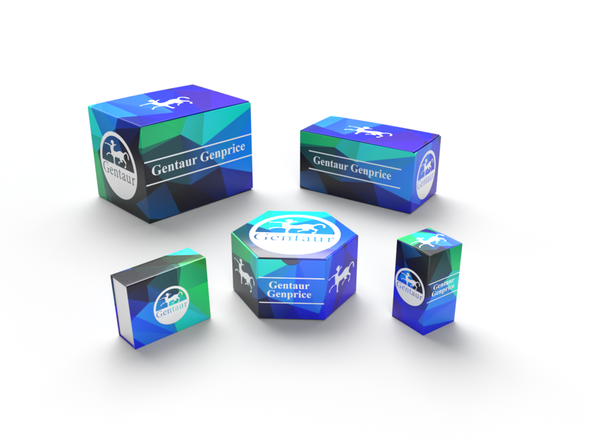Description
CHRNA2 Antibody | 56-130 | Gentaur UK, US & Europe Distribution
Host: Rabbit
Reactivity: Human
Homology: N/A
Immunogen: This CHRNA2 antibody is generated from rabbits immunized with a KLH conjugated synthetic peptide between 42-69 amino acids from the N-terminal region of human CHRNA2.
Research Area: Neuroscience
Tested Application: WB
Application: For WB starting dilution is: 1:1000
Specificiy: N/A
Positive Control 1: N/A
Positive Control 2: N/A
Positive Control 3: N/A
Positive Control 4: N/A
Positive Control 5: N/A
Positive Control 6: N/A
Molecular Weight: 60 kDa
Validation: N/A
Isoform: N/A
Purification: This antibody is purified through a protein A column, followed by peptide affinity purification.
Clonality: Polyclonal
Clone: N/A
Isotype: Rabbit Ig
Conjugate: Unconjugated
Physical State: Liquid
Buffer: Supplied in PBS with 0.09% (W/V) sodium azide.
Concentration: batch dependent
Storage Condition: Store at 4˚C for three months and -20˚C, stable for up to one year. As with all antibodies care should be taken to avoid repeated freeze thaw cycles. Antibodies should not be exposed to prolonged high temperatures.
Alternate Name: Neuronal acetylcholine receptor subunit alpha-2, CHRNA2
User Note: Optimal dilutions for each application to be determined by the researcher.
BACKGROUND: Nicotinic acetylcholine receptors (nAChRs) are ligand-gated ion channels formed by a pentameric arrangement of alpha and beta subunits to create distinct muscle and neuronal receptors. Neuronal receptors are found throughout the peripheral and central nervous system where they are involved in fast synaptic transmission. This gene encodes an alpha subunit that is widely expressed in the brain. The proposed structure for nAChR subunits is a conserved N-terminal extracellular domain followed by three conserved transmembrane domains, a variable cytoplasmic loop, a fourth conserved transmembrane domain, and a short C-terminal extracellular region. Mutations in this gene cause autosomal dominant nocturnal frontal lobe epilepsy type 4. Single nucleotide polymorphisms (SNPs) in this gene have been associated with nicotine dependence.






